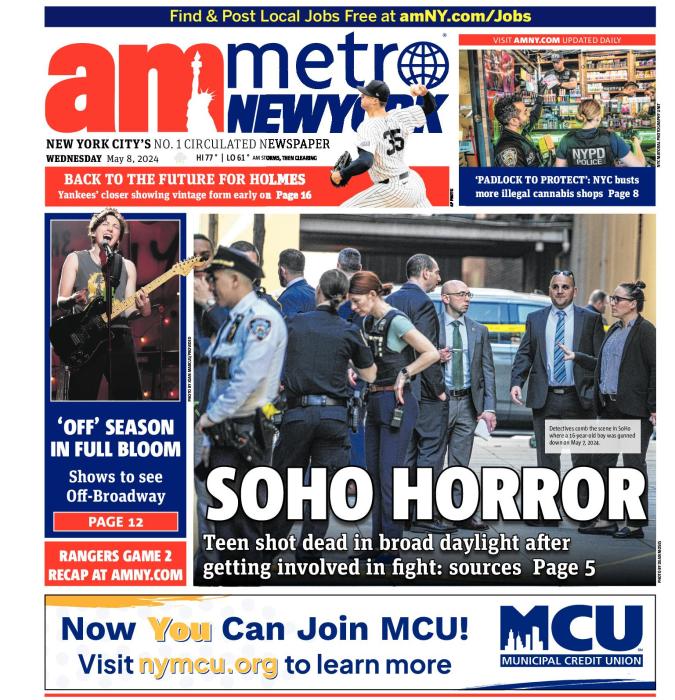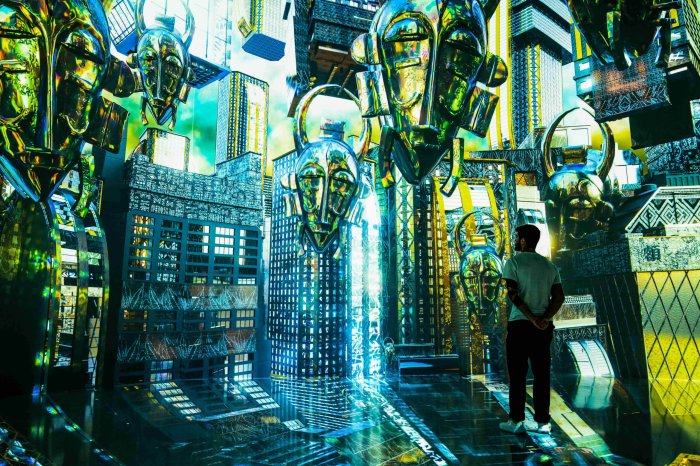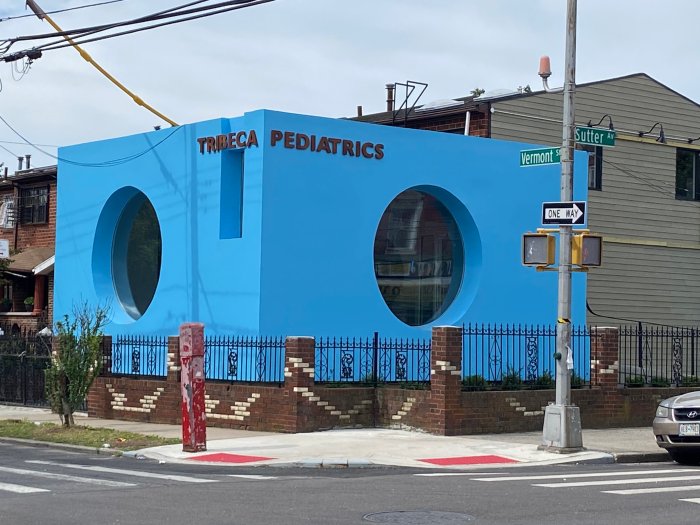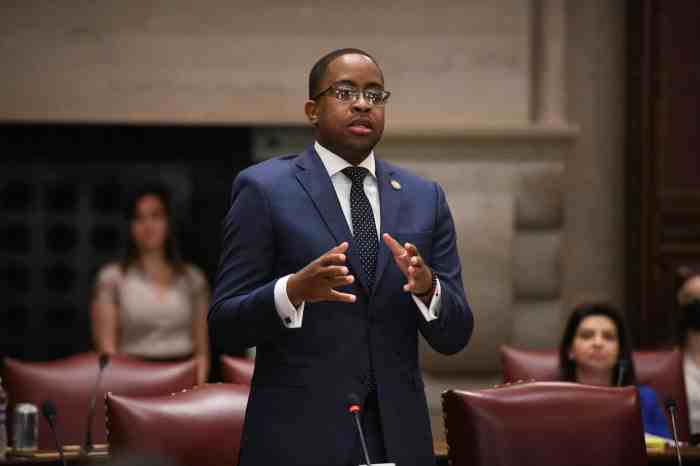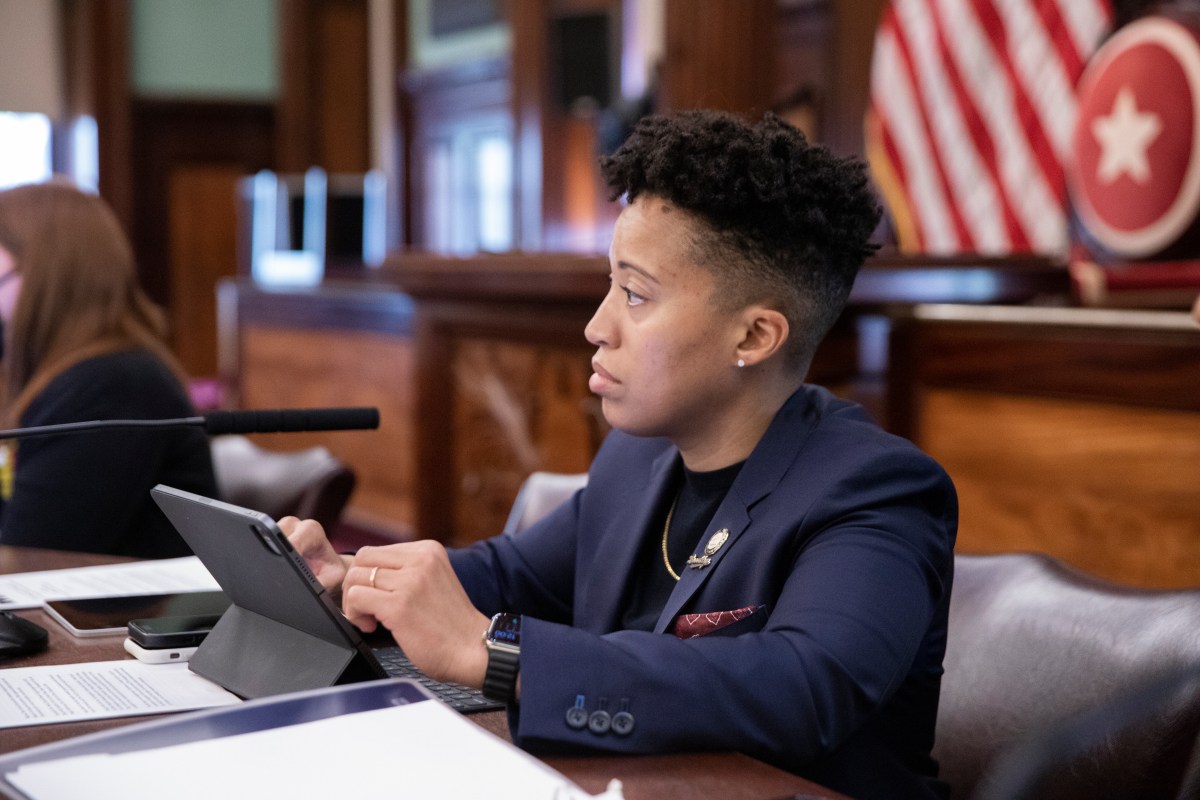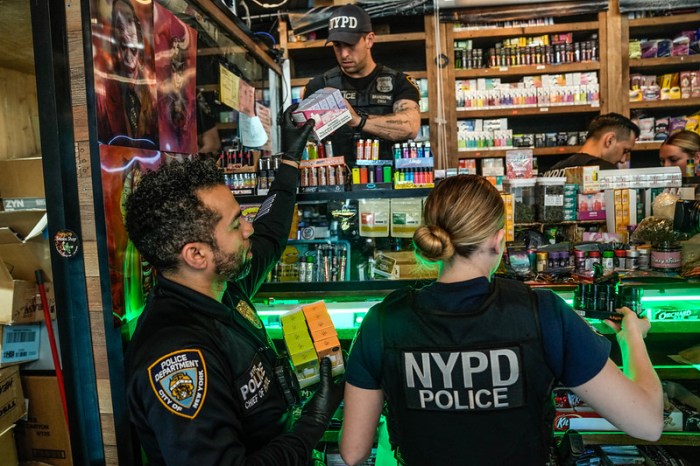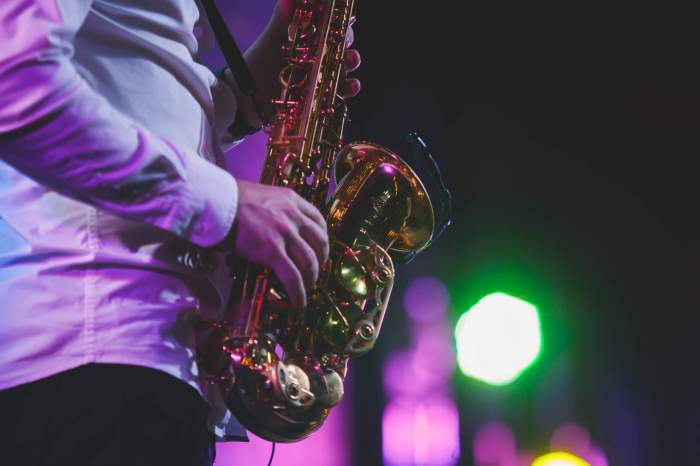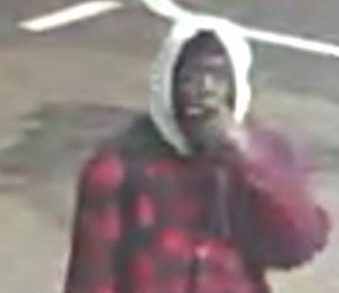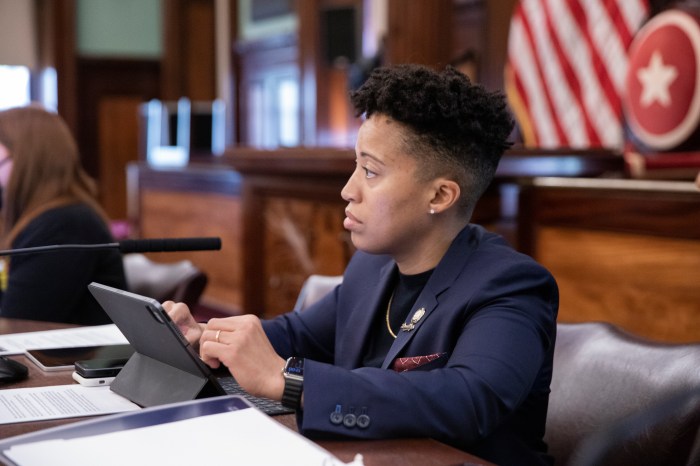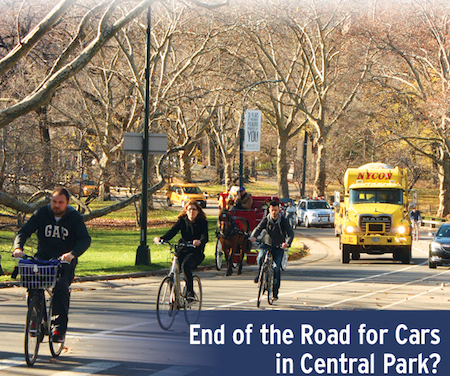
BY JOSH ROGERS | The long drive to get cars out of Central Park began a half century ago and there’s at least a chance that road will end for park drivers in the new year.
City officials are being quiet about if and when the likely final change in Central Park’s driving rules — banning all private cars on the park’s loop — is coming, but the mayor and his transportation commissioner didn’t leave much doubt it was somewhere in sight when they announced in June that cars would be barred north of 72nd Street and in Brooklyn’s Prospect Park entirely.
“A lot of people looked forward to this day and look forward to us taking further steps in the future,” Mayor Bill de Blasio said on June 18 in Prospect Park.
Two weeks later Polly Trottenberg, commissioner of the Department of Transportation, traveled to Central Park near 92nd Street, the first day of the change there, and said, “We all hope that at some point in the not-too-distant future, we will have a press conference 20 blocks south of here,” according to Streetsblog New York City, which promotes cycling and pedestrian safety.
West Side City Councilmember Helen Rosenthal, whose district includes the park, told Manhattan Express that she’s been told by DOT that they are studying the effects of barring all cars but she has not been given a sense as to how long the study would take.
“My understanding is that they are absolutely looking at that,” she said. “I am committed to finding a way of getting cars out of the south end of the park.”
[Editor’s note: Subsequent to publication of this story, a spokesperson for Rosenthal said the Council member’s understanding of the issue squares with DOT’s characterization below that “the agency is looking at the effects of the summer changes” regarding car access in the northern part of the park.]
“That would be terrific,” John Maynard, an Upper West Side senior citizen, said of the possible change before looking at his dog Maise. “She’s very negative on cars, you can quote her. Why do they have [a car ban] on the upper part of the Upper West Side and not the lower?”
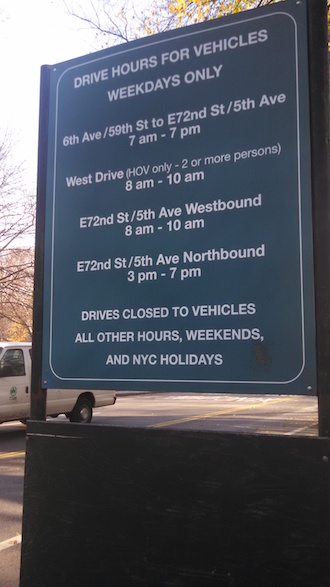
Trottenberg said in June that “for now,” she and others are concerned about adding roughly 400 cars on the West Side and 300 on the East an hour to street traffic. The park’s crosstown roadways, which are largely separated from park users, would continue to allow cars. Emergency and park maintenance vehicles would also still be permitted on the loop.
A DOT spokesperson last week didn’t confirm or deny that a study is underway to eliminate cars entirely, but she did say that the agency is looking at the effects of the summer changes.
“Gridlock Sam” Schwartz, the well-known traffic engineer and former transportation commissioner, said that getting cars completely out of the park would be “barely noticeable” because of the gradual increase of restrictions over the last five decades.
“It’s been death by a thousand cuts since [Mayor] John Lindsay did the weekend closure [in 1966], which was radical at the time,” said Schwartz. “Over the years, fewer and fewer cars even know when it’s open.”
Schwartz, who writes a column for Downtown Express, a Manhattan Express sister publication, recalled getting a bike lane added to the loop while working in the Koch administration. He also remembers being called on the carpet once when Mary Beame, wife of former Mayor Abe Beame, got stuck in traffic when the park was closed to cars.
As he recounted the history, he realized next year would mark the 50th anniversary of Lindsay’s decision to close the loop to cars on summer weekends and said it would be the ideal time to make the last change.
Doug Blonsky, president of the Central Park Conservancy, thinks a total ban is still a few years away, and praised DOT for taking a gradual approach to studying the issue. But it’s a change he wants to see.
“With the amount of bicycles, tourists, and pedestrians going up so dramatically, it does make a huge difference for the public,” he said.
Of course for drivers and taxi passengers, the end of cars in the park will mean longer trips.
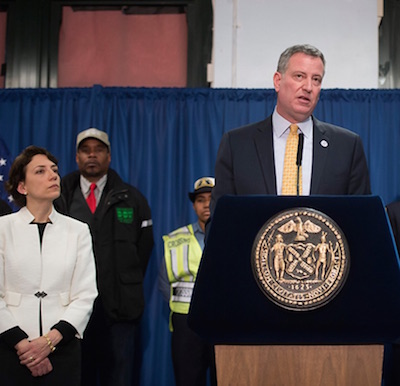
Ravinder Multani, a cabbie waiting outside the Time Warner Center across from the park, said of closing the park completely to cars, “These streets are really bad — 56th, 57th, and 58th. It’ll be a nightmare.”
He estimates the changes in June added about 10 minutes to a typical ride, and guessed that would drag out to 25 minutes if he couldn’t use the park at all. “People have to pay more money,” he said.
The current restrictions are a hodgepodge of confusing rules for the relatively short loop from West 72nd Street down to 59th Street and up to East 72nd. The West Side only opens at 8 a.m., for instance, and there are car pool restrictions for the morning rush across 72nd Street.
The changes already in place don’t feel permanent at all and almost seem designed to make a permanent ban less disruptive. With the exception of East 72nd Street, the entrances that are occasionally open to cars don’t have signs laying out the rules.
The reduced traffic also seems to have lessened the desire to get cars out — an issue that previously garnered 100,000 signatures.
Cars “don’t get in my way or inhibit me from running,” one jogger said. Several dog walkers said they were more concerned with cyclists running the lights than the occasional cars.
Both Community Boards 7 and 8, which cover the Upper West and East Sides, backed experimental bans four years ago. A similar proposal by Councilmember Rosenthal last year got some resistance on the East Side.
“I still think it’d be a great idea, especially in the summer,” said James Clynes, chairperson of Community Board 8.
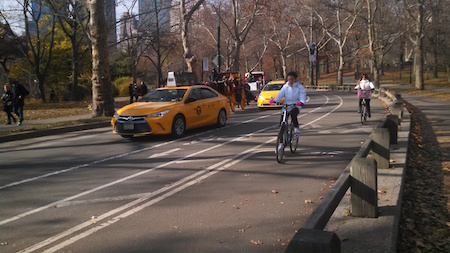
If the city does move toward a ban, it may indeed start with a temporary plan. The closure north of 72nd Street was temporary for two summers before last June’s change covering the entire year.
For their part, most horse carriage drivers, who have been fighting the city on a possible ban of their industry, don’t seem too enthused either way about getting cars out. They said the cars don’t affect the horses, but they were concerned about traffic increases for everyone using the park.
One carriage driver, however, said that park trips north of 72nd Street are now much nicer.
“On a long ride, it’s the best,” David Koch said as he waited in line for passengers. “You’re in the middle of this green oasis, there are no cars and all you hear is clip clop, clip clop.”
